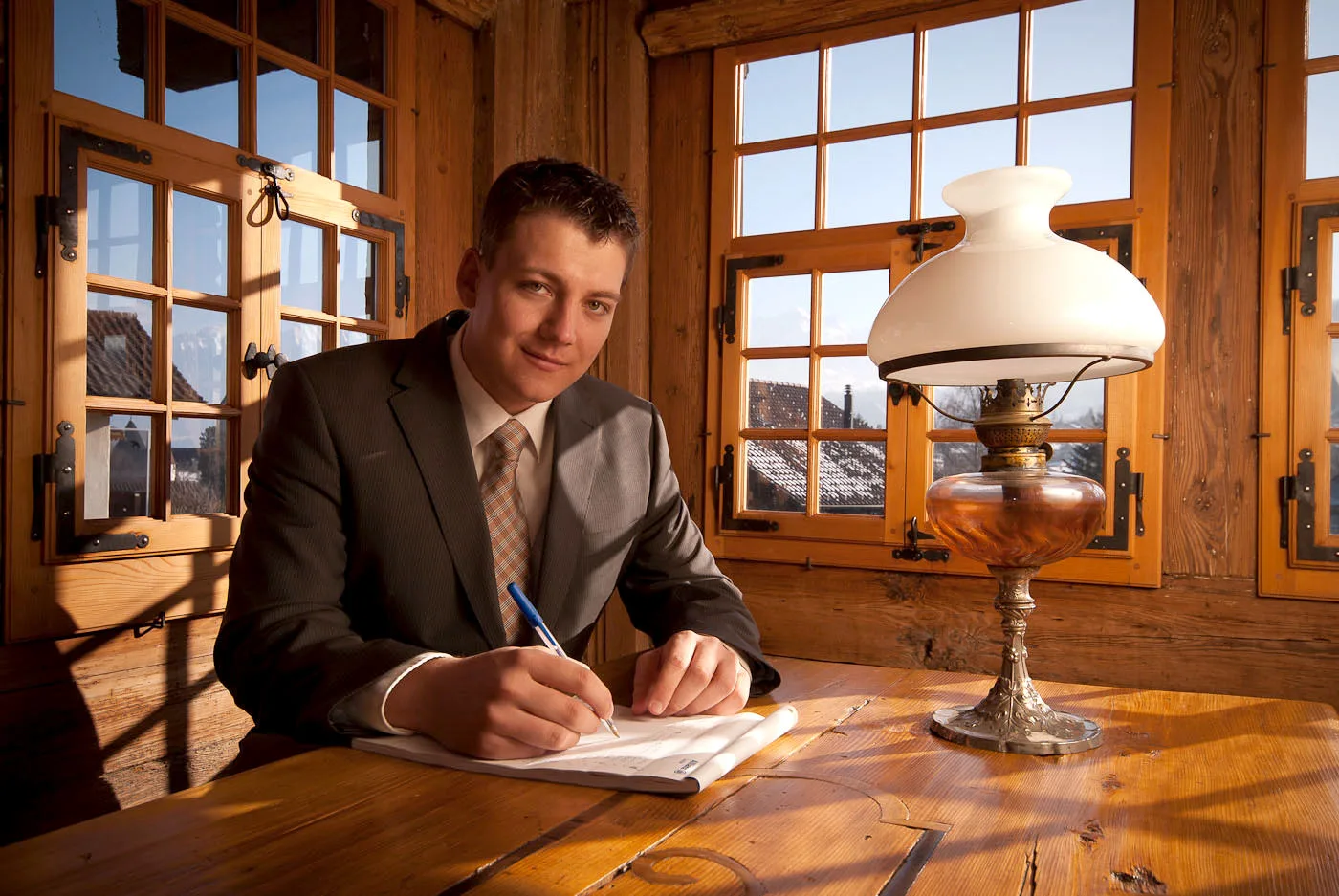The next part of my round of new equipment purchases, after purchasing my new favourite lens, took me in the direction of lighting. As most of you know, I have been heavily involved in the Swiss Strobist group for the past three years and have always battled through – remarkably well, if truth be told! – with a series of second-hand flash guns. This has enabled me to much better understand the technology by being forced to learn the nuts and bolts of manual control; the SB-26 units I have been using most recently are good flash guns, but ones which require manual control, given that they are several years old.
With the money I’ve put aside for new camera gear, a new, reliable, fully automated flash gun was high on my “wants” list, not least because I receive a slowly increasing number of requests to take portrait photographs and cover events. Doing this with a manual flash gun – where one has to set the power by hand and hope for the best – has stood me in good stead for understanding better how to control light; this shot from a friend’s wedding in 2009 using a manually-set SB-26 shows that I manage to get good results without the benefit of an automatic flash gun.

However, it has only been a matter of time until I really need to go the automatic route, to ensure a better “strike” rate for photographs in such situations, and also to allow me to work more quickly and efficiently when organizing portrait sessions. So the next new piece of equipment I’ve added to my camera bag is the flagship Nikon Speedlight: the SB-900. I won’t go into all the technical details here, as the link to David Hobby’s website in the previous sentence goes into a fair amount of detail for you. Suffice to say that instead of setting up the flashgun, metering the light, adjusting the power and then having to re-calibrate if I moved the light further away from or nearer to the subject, the process is much simplified by Through The Lens (TTL) metering. Simply put, this means that the flash gun automatically works with the camera to ensure that every shot is correctly exposed.
For the main picture in this article, which was the first professional outing for my new equipment, I set up the shot, set the ambient light exposure for the sunlight, set up the SB-900 with a large white umbrella on fully automatic mode, added a warming gel, then just photographed away. No more metering or worrying about moving the light source around. No more ten minute wait for my subjects while I set up the lights, so therefore more relaxed models and much better pictures, requiring less post-shoot editing. For this final family group shot, I used the SB-900 with no diffusion, zoomed to 200mm and set up on TTL mode a reasonable distance away to fill in the heavy shadows caused by the slanting sun.



Leave a Reply